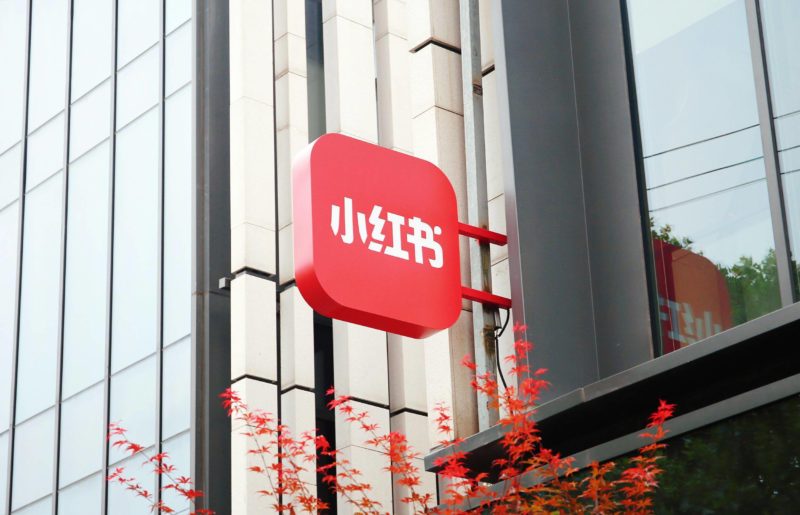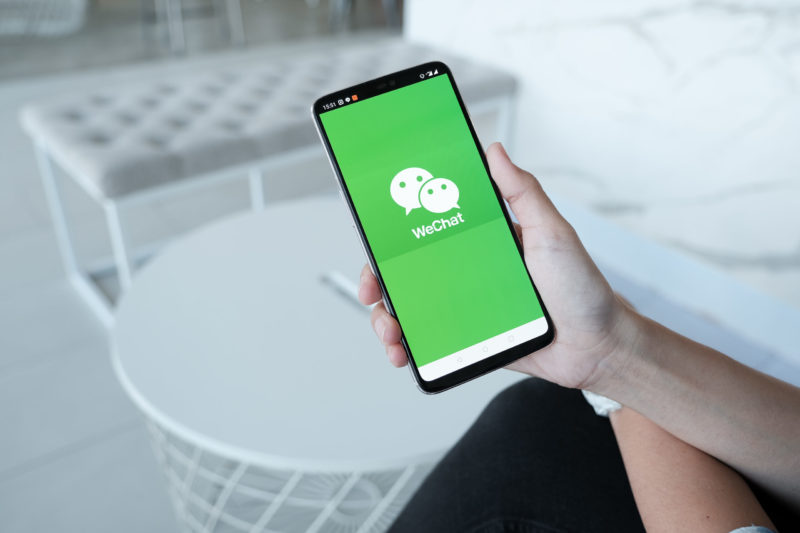When was the last time you used SMS? It’s been a long while for most Chinese people since the launch of WeChat in 2011 – out of 1.4 billion, this dominant instant messaging app sees 1.09 billion daily and 1.25 billion monthly active users in China. However, a national rollout of 5G Messaging later this year is likely to usher people into a new era of advanced SMS.
In China, 5G Messaging services are mainly developed by three major Chinese operators – China Mobile, China Telecom, and China Unicom. This upgraded SMS service has already been used in multiple scenarios in China. For instance, China Mobile’s 5G Messaging service reported on China’s biggest political meetings of the year. It was also used for information dissemination during the pandemic – 120,000 people in Hubei province subscribed to China Mobile’s services to keep themselves informed.
Although China Mobile seems to be more ahead of the game, the three providers have collectively published the 5G Messaging White Paper, committing to joint efforts in commercialising this 5G technology.
The preparatory work for the rollout is progressing fast. Last week, with essential platform construction completed, insiders of the Chinese ICT industry confirmed a high probability of the 5G Messaging rollout in late October this year.
On 30 September, China Mobile also announced a cooperation with the Industrial and Commercial Bank of China, releasing a 5G message-based digital RMB wallet. This means the 5G Messaging services not only allow users to send multimedia messages but also transfer, check balance, and transaction records of their digital RMB accounts within seconds.
The 5G Messaging market in China is estimated to be 300 billion RMB ($46.54 billion) over the next 5 to 7 years. It is believed that the combination of instant messaging and online payments give 5G Messaging the potential of interrupting WeChat’s market in China, whose user engagement is mainly achieved through those two activities.
Read more:









